Marketing for Attractions: 5 Tips and Tricks to Consider
Your attraction is a must do. But how do you make sure visitors who are looking for something to do know about it? Gone are the days of relying on word-of-mouth to keep ticket sales steady. We have a few ideas you can use for marketing for attractions.
Because 85% of leisure travelers decide on activities only AFTER having arrived at the destination, you must be found online when and where visitors are searching or some opportunities will no doubt be missed. Here are a few pro tips to consider when marketing for attractions.
1. Optimize for mobile search.
Did you know 60% of destination information searches come from mobile devices and 82% of smartphone users use a search engine when looking for a local business?
It’s absolutely crucial to ensure that your destination appears at the top of search results for attractions within your area. Some searches might look like: “Tourism Experience” in “x” i.e. ziplining tours in Gatlinburg. Upping your SEO game will make it more likely that you appear at the top of search results, but it’s not a given.
Travelers want to find the best places to see, eat and shop while on their trips, and it’s your job to make your attraction known. Think about some questions your target traveler may have when searching for things to do. What are their “I can’t wait to explore” moments? Include answers to such questions on your website and optimize them for key search phrases so that search engines recognize your site as a viable source of information.
3. Your “Google my Business” listing.
If you haven’t yet registered your attraction with Google My Business, you can do so here: Google My Business
But why?
Google My Business populates information from both Google Maps and Google Trips and also ranks high in organic search results. (especially when the “near me” search query is used)
According to Google and Oxera, businesses that verify their information with Google my Business are twice as likely to be considered reputable by consumers.
Not only does verifying your attraction with Google my Business make it easier for travelers to find you on Google search results, but also on the Google Maps app.
4. Don’t Ignore TripAdvisor
TripAdvisor is the largest travel site with over 300 million users. Travelers go there to search for trip inspiration, book trips as well as rate their stays. Your attraction’s TripAdvisor ranking is important because the higher the ranking, the higher your positioning will be on the site and app.
What factors weigh into your ranking? It’s a combination of the recency, frequency, and quality of reviews. It’s likely that if your attraction makes the “top 10” category (i.e. top 10 things to do in Gatlinburg) it will also appear high, if not first, in Google’s organic search results for similar searches such as “top things to do in Gatlinburg”, “top attractions in Gatlinburg”.
5. Facebook is Fruitful.
Like TripAdvisor, Facebook also has a “nearby places” option. There are a few things you need to do to ensure your attraction will show up on the map and increase conversions on Facebook:
- Make sure your Facebook category is set to “local business”
- Update contact information as well as open-close hours
- Have a all to action like “book now” or “contact us” on your page to make it easy for visitors
- Encourage visitors to “check in” to your attraction and/or leave a review. Facebook claims that this will strengthen the chances of your page appearing on the Nearby Places tab
It’s also a great idea to utilize location-based Facebook ads if you aren’t already doing so (and if your budget allows). Here is a crash course on Facebook advertising. You can actually target people who are currently traveling in your attraction’s location as well as people who are in the ‘dreaming’ stage of the travel journey.
Have any questions or want to discuss this further with someone on our team? Let’s chat!
Learn more about how we can help you adapt to the evolving marketing landscape and ramp up your efforts.
Share This Story, Choose Your Platform!
April 23, 2025

Amtrak Adirondack Line: Revitalizing Cross-Border Rail Travel
CHALLENGE The COVID-19 pandemic led to the complete shutdown of Amtrak's Adirondack route, a vital link between Northern New York and Montreal, Canada. This iconic line, known for its scenic beauty and economic importance to communities along the route, remained dormant for over three years due to border restrictions and reduced travel demand. In early 2023, as travel restrictions eased, Amtrak [...]
March 24, 2025

Creating Your Visual Voice
In a recent episode of Field Notes, host Eric Hultgren sat down with Terrance Weinzierl, Executive Creative Director at Monotype, to discuss the often overlooked yet crucial role typography plays in brand identity. While their conversation covered broad typography trends, several insights emerged that are particularly valuable for travel marketers looking to differentiate their destinations in an increasingly crowded digital landscape. [...]
March 11, 2025

The 2025 Sprout Social Index
Social media isn't just another channel for travel marketers—it’s the center of modern culture, a place where travelers discover their next adventure, make purchasing decisions, and even seek customer support. The 2025 Sprout Social Index™ reveals valuable insights about what consumers really want from brands on social media, offering travel marketers a clear roadmap for staying relevant and impactful. Social is the [...]

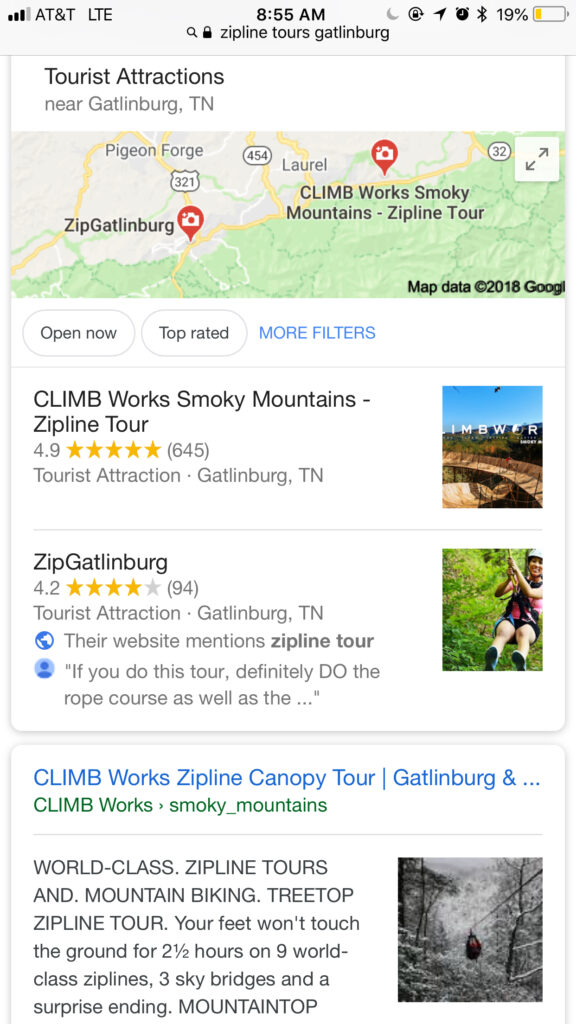
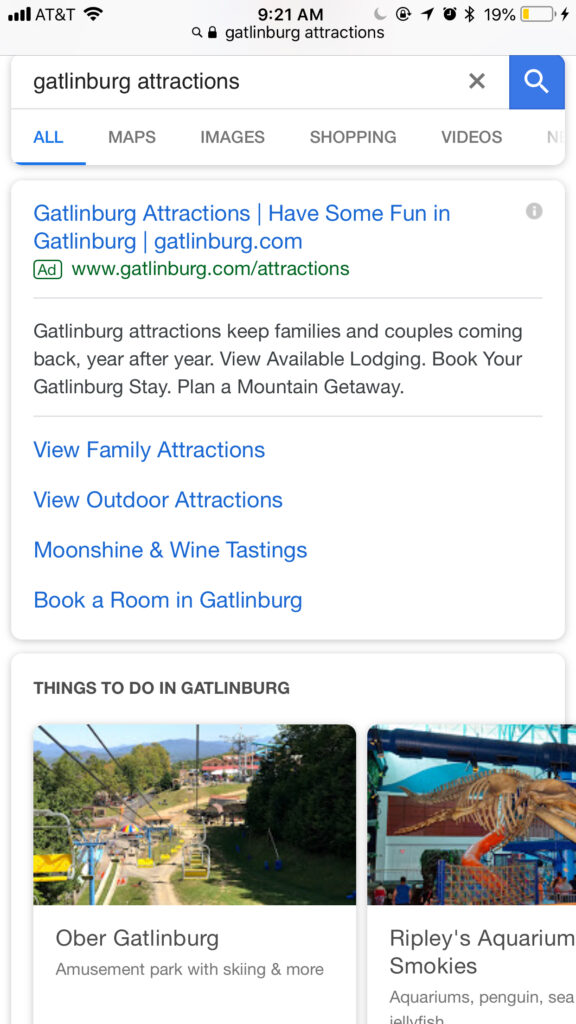
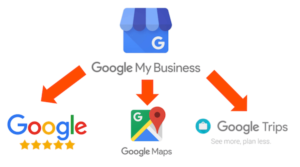
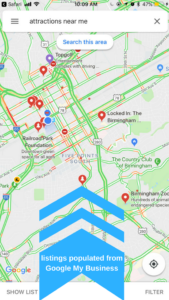
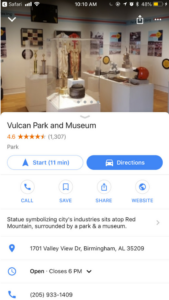
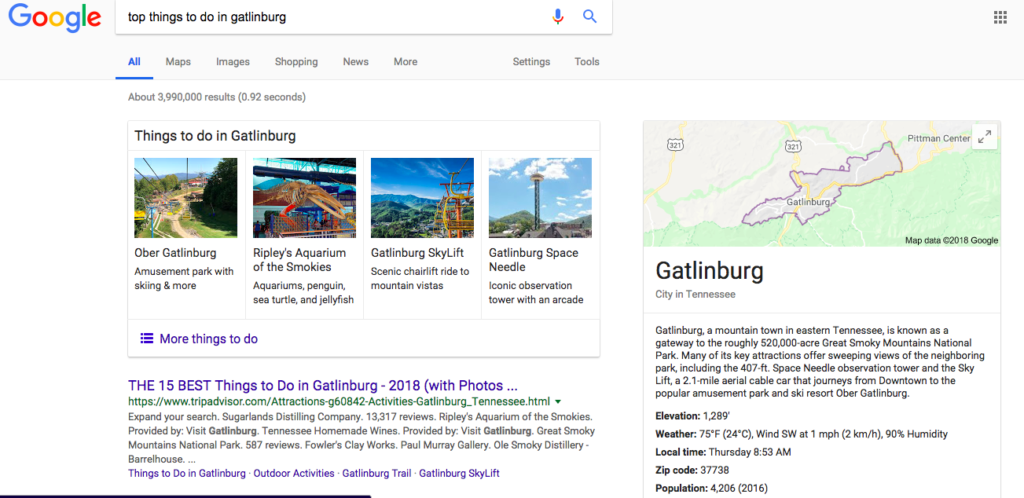
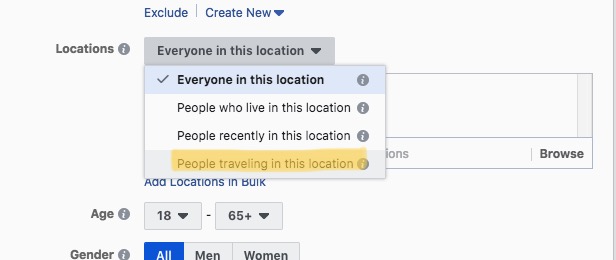

 Ad Choices
Ad Choices